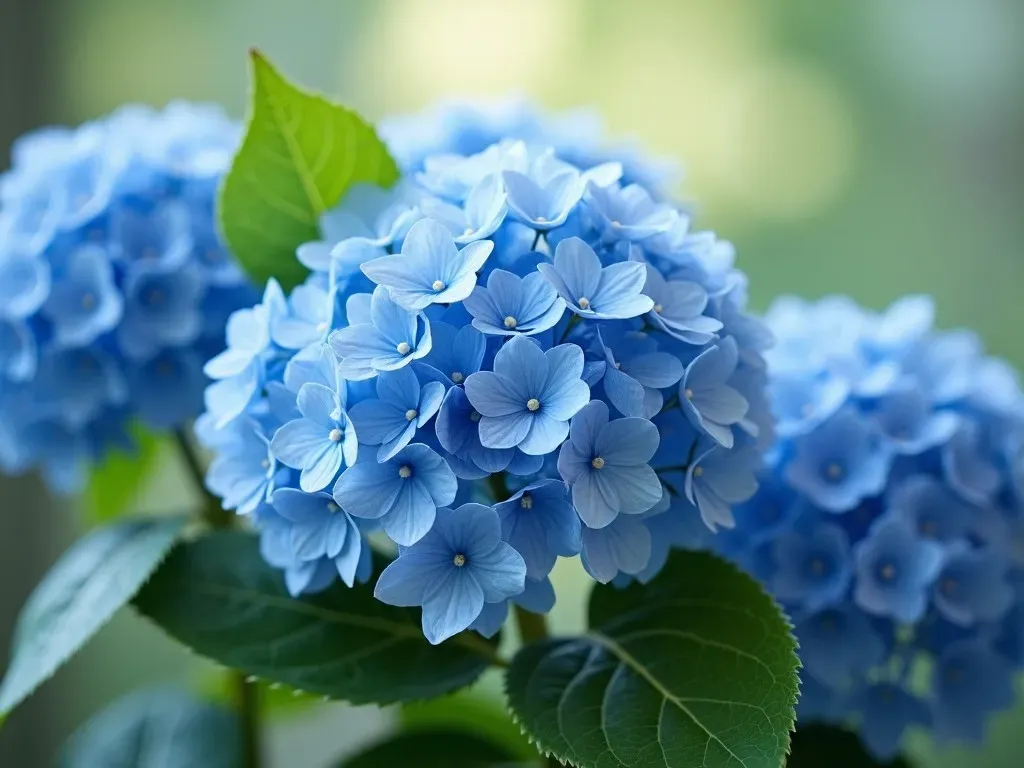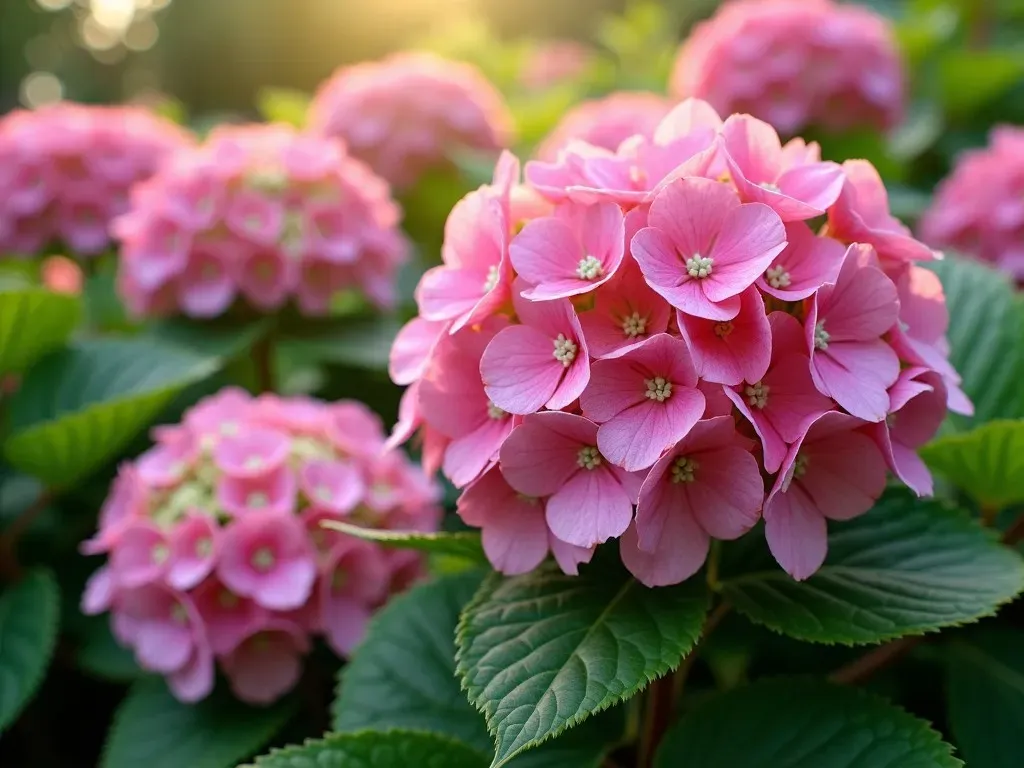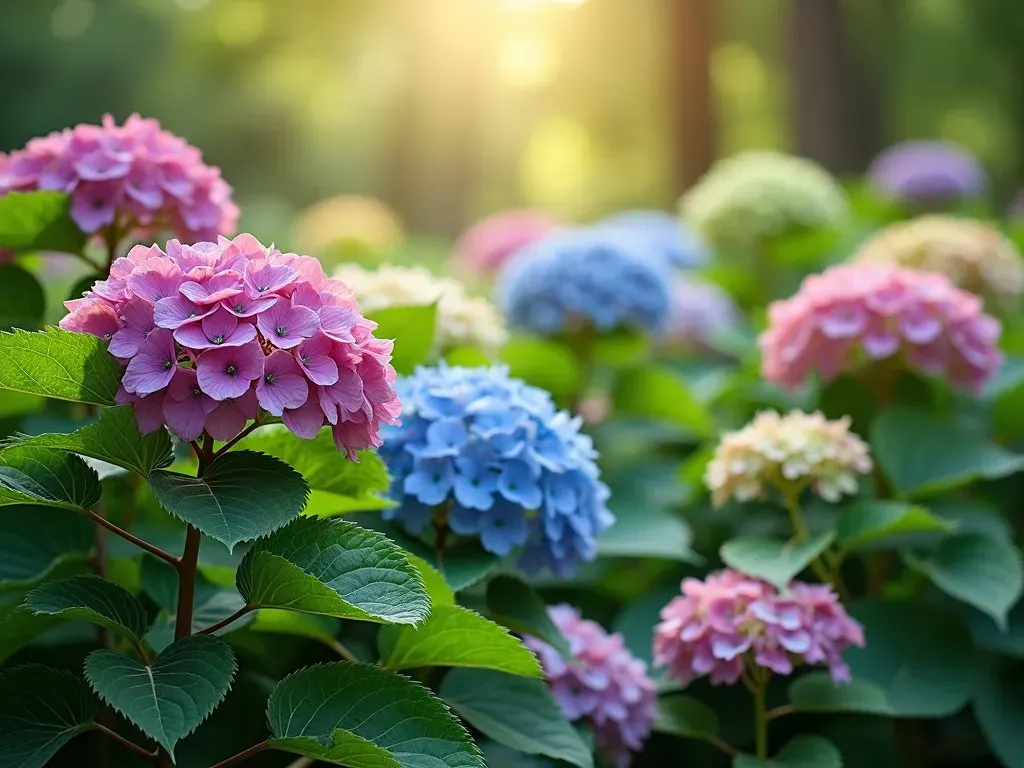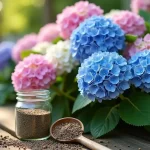The everlasting hydrangea, specifically the Everlasting™ Revolution series, offers stunning floral displays that captivate gardeners and flower enthusiasts alike. Originally bred for the cut-flower market, these hydrangeas not only provide long-lasting blooms but also adapt well to various landscapes. The color transformations on a single shrub are nothing short of extraordinary, allowing a mix of deep pink, maroon, and blue to bloom simultaneously with vibrant green accents.
The Allure of Everlasting Hydrangea
Everlasting hydrangeas, particularly the Hydrangea Revolution series, are incredibly popular among both amateur and professional gardeners. This popularity can be attributed to their unique blooming characteristics and versatile nature. Here are some of the key features that make everlasting hydrangeas a favorite.
Color Transformation
- Color Variety: Everlasting hydrangeas are known for their breathtaking range of colors. As they mature, expect combinations that merge deep pinks, maroons, and blues with green highlights.
- Seasonal Changes: The flowers change colors as they mature, making them visually appealing throughout the blooming season.
Growth Characteristics
| Feature | Details |
|---|---|
| Height | 2-3 feet |
| Width | 2-3 feet |
| Hardiness Zone | 5-9 |
| Bloom Time | Early Summer to Fall |
| Light Exposure | Full Sun to Part Shade |
| Soil Requirements | Moist, well-drained soil |
FAQs about Everlasting Hydrangea
1. What is the best way to plant everlasting hydrangea?
Choose a location that receives either full sun or partial shade. For best results, prepare the soil ensuring it is both rich and well-drained. A hole twice the size of the root ball should be dug to accommodate root expansion.
2. How often should I water my hydrangea?
Watering should occur regularly to ensure the soil remains moist, especially during dry spells. Deep watering encourages roots to grow deeper into the soil.
3. What type of fertilizer should I use?
A balanced, slow-release fertilizer can be applied in early spring to promote vigorous growth and bloom production.
4. Do these hydrangeas need pruning?
Yes, light pruning after the last frost can promote bushier growth. Remove dead or damaged limbs to enhance air circulation.
Top Benefits of Everlasting Hydrangea
- Resilience: Everlasting hydrangeas are tough and able to withstand various climatic conditions, making them ideal for different gardens.
- Diverse Landscapes: Their adaptability allows them to thrive in various settings, including containers, garden beds, and borders.
- Long-Lasting Blooms: Known for their enduring flowers, these hydrangeas are perfect for cut flower arrangements that last longer than typical blooms.
Reference Video
Tips for Growing Everlasting Hydrangea
- Soil Preparation: Ensure a rich and nutrient-dense planting medium. You may consider mixing compost into the soil to improve nutrient content.
- Spacing: When planting multiple hydrangeas, maintain a distance of 3 feet apart to ensure proper air circulation and growth.
- Location Selection: Position your hydrangeas where they will receive afternoon shade to protect them from scorching heat.
Companion Plants for Everlasting Hydrangea
To enhance the aesthetic appeal of your garden, consider pairing everlasting hydrangeas with the following plants:
- Astilbe: Their feathery plumes can provide height contrast.
- Daylilies: Their vibrant blooms complement hydrangea colors beautifully.
- Hostas: These can fill in ground space and provide a lush green backdrop.
Caring for Everlasting Hydrangea
Watering
Using a drip irrigation system or a soaker hose can be an efficient way to maintain soil moisture without waterlogging the roots.
Fertilization Schedule
| Season | Fertilizer Type | Application Notes |
|---|---|---|
| Spring | Slow-release | Apply as new growth starts. |
| Summer | Liquid fertilizer | Use every 4-6 weeks during active growth. |
| Autumn | No fertilizer | Allow the plant to prepare for dormancy. |
Pests and Problems
Despite their resilience, everlasting hydrangeas can encounter some pests and diseases. Here are a few common issues:
- Aphids: These tiny insects can be managed with insecticidal soap or neem oil.
- Powdery Mildew: Ensure good air circulation around the plants to prevent fungal infections.
- Root Rot: Excessive moisture can lead to root issues, so balance watering habits.
Final Thoughts
The everlasting hydrangea truly embodies beauty and longevity, setting a new standard in the gardening world. With proper care and attention, it can lavish your garden with color and vibrancy throughout the growing season. Whether you are looking to enhance your garden or wanting to add some spectacular cut flowers to your home, the everlasting hydrangea is a remarkable choice that guarantees satisfaction.
For more information on how to cultivate everlasting hydrangeas and their care, visit Jackson & Perkins.
With their breathtaking appearance and relatively low maintenance needs, everlasting hydrangeas are a fantastic addition to any floral display or garden design.
FAQs Continued
5. How do I change the color of my hydrangea?
The color of hydrangeas can be affected by soil pH levels. Acidic soil will produce blue blooms, while alkaline soil produces pink blooms.
6. Can everlasting hydrangeas survive winter?
Yes, they are hardy in zones 5-9, but covering the base with mulch in winter can provide extra protection.
7. Are they suitable for container growing?
Absolutely! When planting in containers, ensure they are at least 24 inches in diameter to provide ample space for roots to grow.
By choosing ever-blossoming hydrangeas for your garden, you can guarantee an everlasting garden that blooms beautifully season after season.






